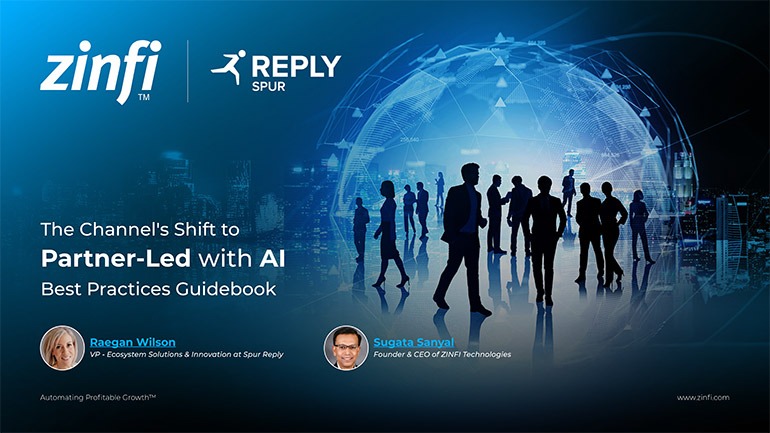Best Practices Articles

Mastering MSP Sales & Marketing: Attracting and Engaging Your Ideal Clients
In the fiercely competitive world of Managed Service Providers (MSPs), technical prowess guarantees little business success. The ability to effectively attract, engage, and retain clients forms the bedrock of sustainable growth. Tim Conkle, founder and CEO of The 20 MSP, offers profound insights into mastering sales and marketing, transforming what often proves a daunting challenge for many MSPs into a strategic advantage. This article delves into Conkle’s strategies for identifying the ideal client, building an unassailable brand, and revolutionizing the sales process to achieve exponential growth in the Managed Service Provider sector.
🎥 Watch the Full Video Podcast
Identifying Your Blueprint Client: Defining the Ideal MSP Customer
Effective sales and marketing begin with a clear understanding of who you serve. Tim Conkle articulates a precise ideal client profile for The 20 MSP: typically, a company with 50 to 1,000 employees or more than five locations. This focus stems from a deep understanding of network complexity and client needs.
Beyond Size: The Nuance of Network Complexity
Conkle challenges the common misconception that larger businesses necessarily possess vastly more complex IT infrastructures than smaller ones. He argues that the fundamental components—firewalls, switches, servers, and domain controllers—remain largely consistent whether a company has 10 users or 1,000. The primary difference lies in the quantity of users and applications, not the underlying network architecture. This crucial insight allows MSPs to apply standardized solutions across a broader client base, optimizing service delivery and reducing the need for highly customized, inefficient approaches. This consistency in infrastructure means a streamlined approach to managed services client engagement.
Why SMBs and Multi-Location Businesses Thrive with MSPs
For businesses in the 50-1,000 employee range, outsourcing IT to an MSP often proves more cost-effective, delivers superior service quality, and provides access to a broader array of specialized expertise than maintaining an in-house IT department. This becomes even more pronounced for companies with multiple locations, where centralized management and consistent IT support across dispersed sites become paramount. The 20 MSP’s model, with its standardized tools and centralized support, perfectly addresses these challenges, making it an attractive proposition for MSP client acquisition in these segments. Understanding this target demographic makes IT marketing strategies highly focused and effective.
The Unavoidable Imperative: Marketing and Brand Building for MSP Success
While lead generation initially posed the biggest hurdle for Conkle, he learned quickly that effective marketing is not merely a component of growth but the foundation upon which a scalable MSP business stands. Many MSPs excel technically but fall short in marketing, mistakenly believing their technical acumen alone will attract sufficient clients.
Visibility is Existence: Breaking Through the Noise
Conkle asserts a profound truth: "Marketing is what makes you exist." In a crowded market, simply being good at IT proves insufficient if potential clients do not know you exist or understand your value proposition. Marketing transcends direct sales; it builds brand awareness, establishes credibility, and creates a pipeline of educated prospects. For MSPs, particularly those aiming for significant growth, a robust marketing engine generates consistent leads, which form the crucial first leg of Conkle’s "three-legged stool" of MSP success. Investing in MSP lead generation through effective marketing channels ensures continuous business development.
From Local Provider to Recognizable Brand: The Scale Advantage
Establishing a strong, recognizable brand becomes critical as an MSP grows, particularly through a model like The 20 MSP's collective approach. Larger clients, particularly those with multiple locations or significant revenue, seek established entities with a proven track record and widespread presence. They often prefer not to engage with a small, unknown local provider. The 20 MSP’s "standardization in reverse" strategy helps smaller partners contribute to and benefit from a larger, national brand presence, allowing them to attract and serve clients they otherwise could not. This collective brand-building effort provides a potent competitive edge, fundamentally changing how individual MSPs can build an MSP brand.
Investing in Perpetual Growth: Marketing as a Foundation
Conkle’s sustained investment in marketing, particularly through channels like Google pay-per-click, demonstrates its perpetual importance. Marketing should not be an afterthought or a sporadic activity; it requires consistent, strategic investment to maintain visibility, nurture leads, and reinforce brand messaging. This continuous effort creates a self-sustaining growth loop, where a strong brand attracts more leads, fueling further investment in marketing and service expansion, accelerating the overall sales process optimization for the MSP.

Revolutionizing the Sales Cycle: Towards a Frictionless Approach
Beyond simply generating leads, the ability to convert them effectively proves paramount. Tim Conkle advocates for a sales process that deviates sharply from traditional, often inefficient, IT sales methods. His approach centers on teaching and value creation, rather than aggressive selling or time-consuming audits.
The Problem with Traditional IT Audits
Conkle criticizes the common practice of conducting extensive, free IT audits as a primary sales tool. He views these audits as an inefficient use of time—both the MSP's and the prospect's—that often leads to proposals filled with technical jargon and a long list of deficiencies, overwhelming the client. This approach, he argues, focuses too heavily on technical problems and too little on business solutions. A typical MSP might spend hours, even days, on an audit that doesn't resonate with the client’s core business needs. This indicates a need for a more client-centric approach in B2B IT sales.
Teaching, Not Selling: Empowering Client Decisions
Conkle champions a "teaching" approach to sales. Instead of immediately diving into technical specifics, the sales conversation should educate the prospect about their options and the business implications of their IT choices. This involves helping them understand the actual costs of various IT models—including in-house solutions, traditional break-fix, or true managed services. By teaching, MSPs empower clients to make informed decisions that align with their business goals, rather than feeling pressured into a technical solution they don’t fully comprehend. This method builds trust and positions the MSP as a knowledgeable partner rather than merely a vendor.
Aligning Goals: The Conflict of Interest in Break-Fix
A core part of this teaching process involves highlighting the inherent conflict of interest in the break-fix model. Conkle emphasizes that a break-fix provider profits when something breaks, directly contradicting the client's desire for uninterrupted operations. By illustrating this fundamental misalignment, MSPs can effectively differentiate their true flat-rate managed services, where their financial success directly ties to the client’s IT stability. This powerful distinction simplifies the sales conversation and underscores the value of proactive, comprehensive IT management. This clarity significantly aids sales process optimization.
The Power of Valuing Client Time
Conkle believes valuing a prospect's time is crucial. His sales process avoids unnecessary delays and elaborate, drawn-out presentations. Instead, it focuses on rapidly delivering clear, concise information that helps the client make a quick, well-informed decision. This respect for the client’s time builds rapport and signals efficiency and professionalism, key attributes that attract businesses seeking reliable IT partners.
From Technicalities to Business Value
Ultimately, the goal of Managed Service Provider sales and marketing should be to translate complex technical services into clear business value. Prospects are less interested in the specifics of a firewall configuration and more concerned with how IT can drive their revenue, reduce risk, and enhance operational efficiency. By articulating these business benefits, MSPs move beyond being mere technical support providers to becoming strategic partners who contribute directly to the client’s bottom line. This elevates the conversation and justifies the investment in true managed services.

Conclusion
Mastering sales and marketing is not a peripheral activity for a Managed Service Provider; it is central to its survival and exponential growth. Tim Conkle’s strategies—from defining the ideal client and investing aggressively in brand-building to implementing a "teaching-first" sales approach—provide a clear roadmap for success. By focusing on transparent value, eliminating conflicts of interest, and prioritizing the client’s business objectives, MSPs can move beyond transactional relationships to forge long-term partnerships that drive mutual prosperity. This comprehensive approach to MSP client acquisition and engagement truly sets apart the industry's leaders, enabling them to attract and sustainably grow their ideal client base.
Best Practices Guidebook
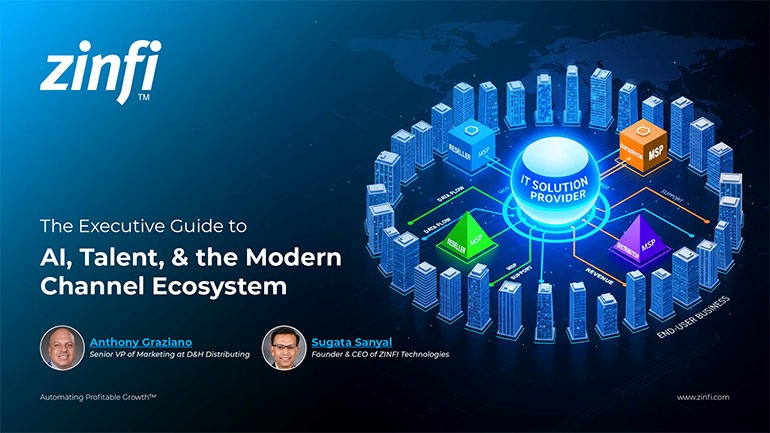 Modernizing Channel Marketing: AI and Ecosystem Enablement Best Practices
Modernizing Channel Marketing: AI and Ecosystem Enablement Best PracticesDownload for FREE
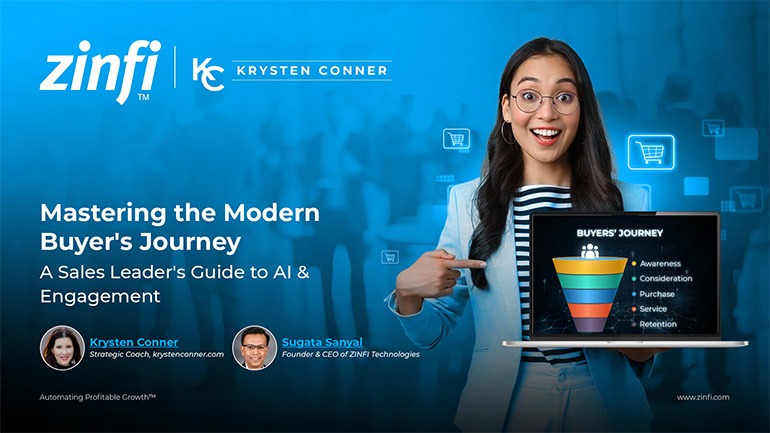 The Channel’s Shift to Partner-Led With AI Best Practices
The Channel’s Shift to Partner-Led With AI Best PracticesDownload for FREE
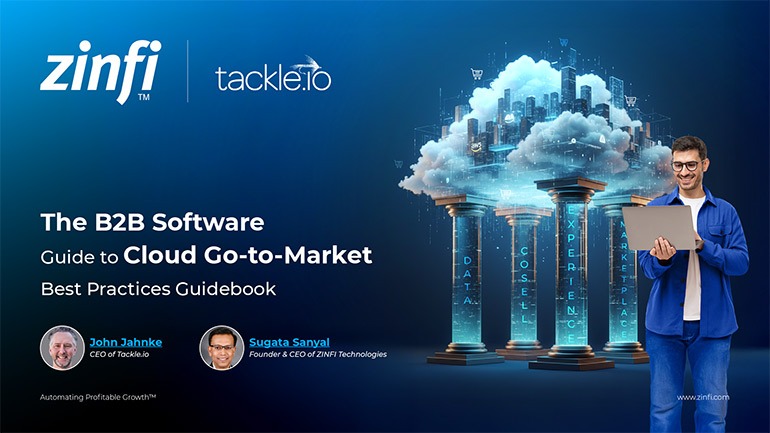 Hyperscalers, ISVs, and AI: Shaping the Future of B2B Software Distribution
Hyperscalers, ISVs, and AI: Shaping the Future of B2B Software DistributionDownload for FREE
 Definitive Guide to a Partner Ecosystem-First Sales Strategy
Definitive Guide to a Partner Ecosystem-First Sales StrategyDownload for FREE
 The Partner-Led Digital and AI Transformation Best Practices
The Partner-Led Digital and AI Transformation Best PracticesDownload for FREE
 Startup Talent Recruitment: Hiring Missionaries, Not Mercenaries
Startup Talent Recruitment: Hiring Missionaries, Not MercenariesDownload for FREE
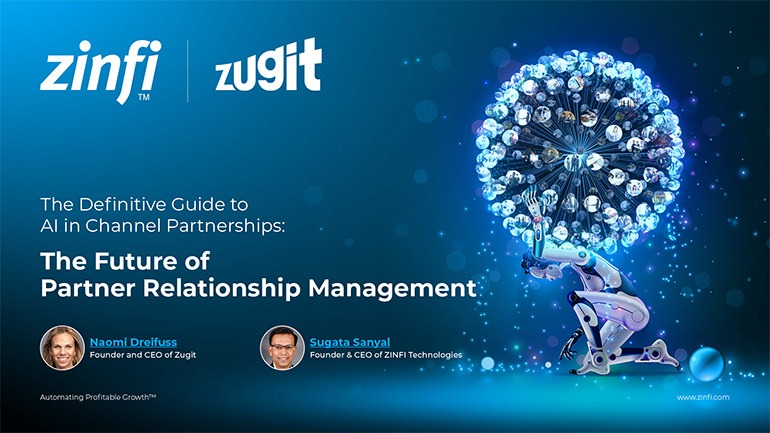 The Future of Partner Relationship Management with AI in Partnerships
The Future of Partner Relationship Management with AI in PartnershipsDownload for FREE
 Cybersecurity for the 99%: Strategies from the Frontline
Cybersecurity for the 99%: Strategies from the FrontlineDownload for FREE
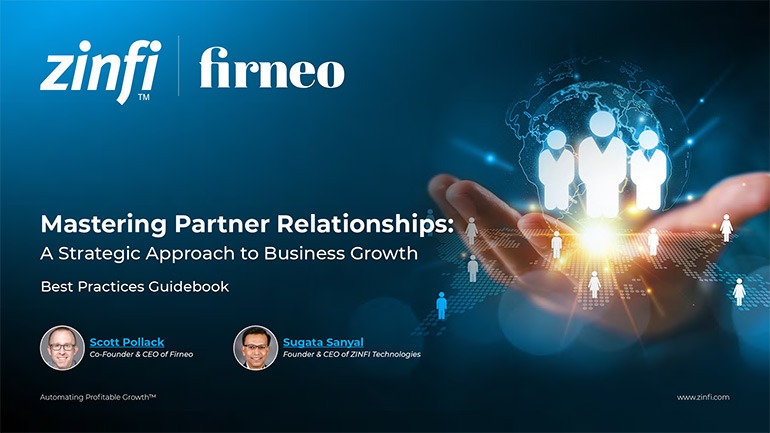 Mastering Partner Relationships: A Strategic Approach to Business Growth
Mastering Partner Relationships: A Strategic Approach to Business GrowthDownload for FREE
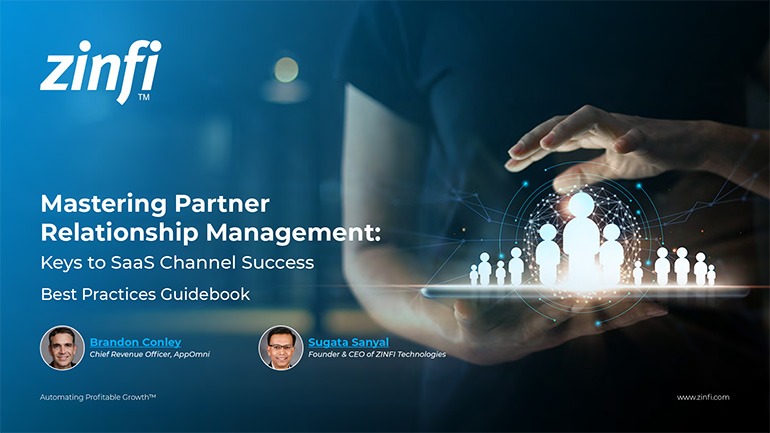 Mastering Partner Relationship Management: Keys to SaaS Channel Success
Mastering Partner Relationship Management: Keys to SaaS Channel SuccessDownload for FREE
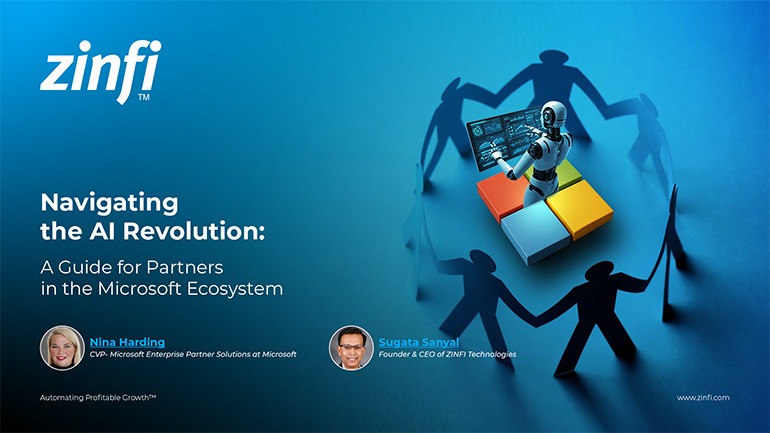 Navigating the AI Revolution: Guide for Partners in the Microsoft Ecosystem
Navigating the AI Revolution: Guide for Partners in the Microsoft EcosystemDownload for FREE
 Mastering the Modern Buyers Journey: Sales Leader’s Guide to AI & Engagement
Mastering the Modern Buyers Journey: Sales Leader’s Guide to AI & EngagementDownload for FREE

